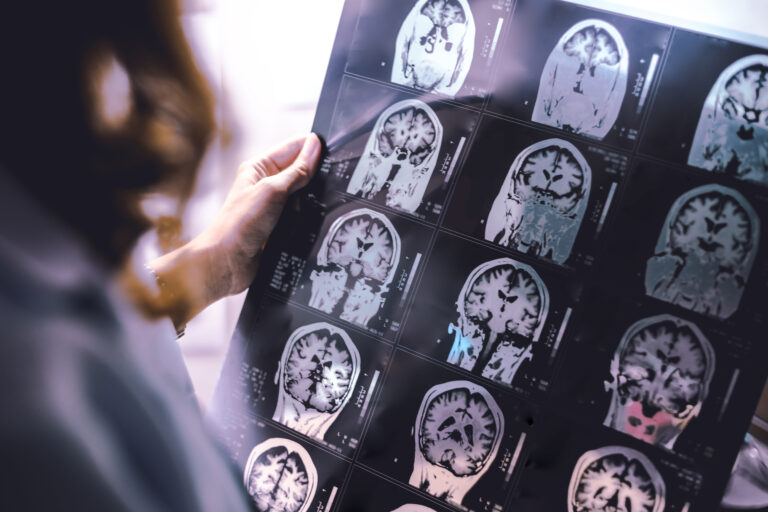**Neuroimmune Interactions: The Double-Edged Sword in Alzheimer’s**
Alzheimer’s disease is a complex condition that affects the brain, causing memory loss and cognitive decline. While we know that genetics and age play significant roles in its development, recent research has highlighted another crucial factor: neuroimmune interactions. These interactions between the immune system and the nervous system can either help or harm, making them a double-edged sword in the fight against Alzheimer’s.
### How Neuroimmune Interactions Work
When a virus or other foreign substance enters the body, the immune system springs into action. It sends out immune cells like natural killer cells, macrophages, and T and B lymphocytes to fight the invader. These cells release cytokines, which are like chemical messengers that help coordinate the immune response. However, cytokines can also affect the nervous system, making neurons more sensitive to pain and influencing cognitive functions.
### The Impact on Alzheimer’s
In Alzheimer’s, neuroimmune interactions can contribute to the disease’s progression in several ways:
1. **Inflammation**: The immune response can lead to chronic inflammation in the brain, which is associated with the buildup of amyloid plaques and tau tangles – hallmark features of Alzheimer’s. This inflammation can damage brain cells and disrupt communication between them.
2. **Neurodegeneration**: Some viruses, like influenza, can directly infect neurons or trigger an immune response that leads to neuronal damage. This damage can result in the loss of brain cells and the disruption of neural pathways, contributing to cognitive decline.
3. **Microglial Activation**: Microglia are the brain’s immune cells. When activated by inflammatory signals, they can become overactive and release more cytokines, which can further damage brain tissue. This overactivity is linked to the persistence and amplification of pain and cognitive symptoms in Alzheimer’s patients.
### The Double-Edged Sword
While neuroimmune interactions can exacerbate Alzheimer’s, they also offer potential therapeutic targets. By understanding how these interactions contribute to the disease, researchers can develop strategies to modulate the immune response and reduce inflammation.
1. **Targeting Cytokines**: Reducing the levels of pro-inflammatory cytokines like TNFα, IL1β, and IL6 could help mitigate the damage caused by chronic inflammation.
2. **Modulating Microglial Activity**: Finding ways to control microglial activation and reduce their overactivity could help prevent further neuronal damage.
3. **Viral Infections**: Understanding how viral infections contribute to neurodegeneration might lead to new treatments that target specific viral mechanisms or reduce the severity of immune responses.
### Conclusion
Neuroimmune interactions are a critical aspect of Alzheimer’s disease, influencing both its progression and potential treatment strategies. While these interactions can be harmful, they also offer opportunities for therapeutic intervention. By continuing to research and understand the complex interplay between the immune system and the nervous system, we may uncover new ways to combat Alzheimer’s and improve the lives of those affected by this devastating condition.





